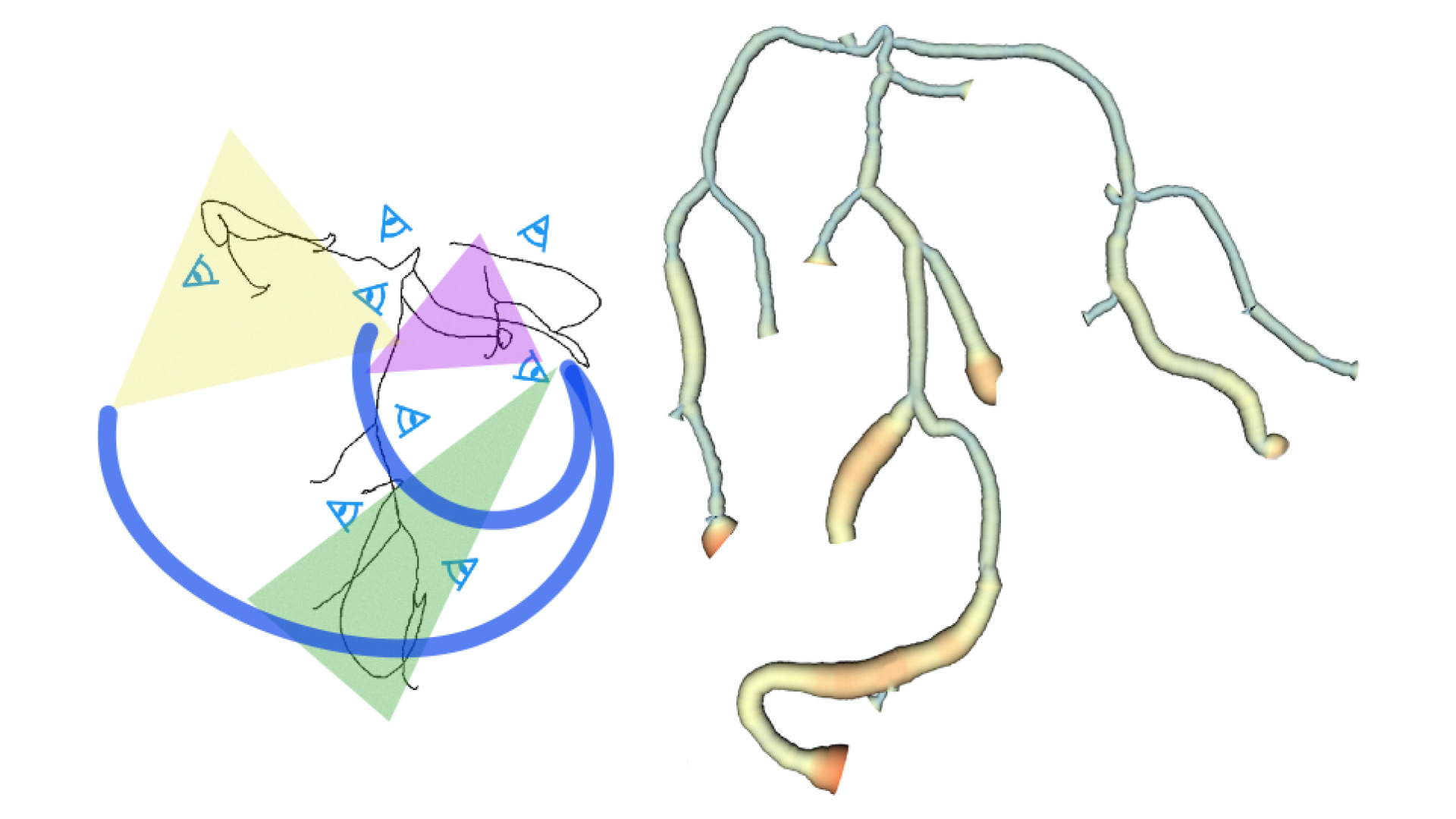Geometry-Aware Planar Embedding of Treelike Structures
Ping Hu, Saeed Boorboor, Joseph Marino, Arie E. Kaufman
View presentation:2022-10-20T21:45:00ZGMT-0600Change your timezone on the schedule page
2022-10-20T21:45:00Z

Prerecorded Talk
The live footage of the talk, including the Q&A, can be viewed on the session page, Topology.
Fast forward
Keywords
I.3.5 Computational Geometry and Object Modeling < I.3 Computer Graphics < I Computing Methodologies, I.6 Simulation, Modeling, and Visualization < I Computing Methodologies
Abstract
The growing complexity of spatial and structural information in 3D data makes data inspection and visualization a challenging task. We describe a method to create a planar embedding of 3D treelike structures using their skeleton representations. Our method maintains the original geometry, without overlaps, to the best extent possible, allowing exploration of the topology within a single view. We present a novel camera view generation method which maximizes the visible geometric attributes (segment shape and relative placement between segments). Camera views are created for individual segments and are used to determine local bending angles at each node by projecting them to 2D. The final embedding is generated by minimizing an energy function (the weights of which are user adjustable) based on branch length and the 2D angles, while avoiding intersections. The user can also interactively modify segment placement within the 2D embedding, and the overall embedding will update accordingly. A global to local interactive exploration is provided using hierarchical camera views that are created for subtrees within the structure. We evaluate our method both qualitatively and quantitatively and demonstrate our results by constructing planar visualizations of line data (traced neurons) and volume data (CT vascular and bronchial data).